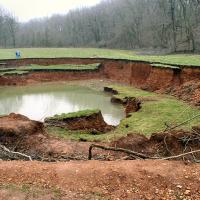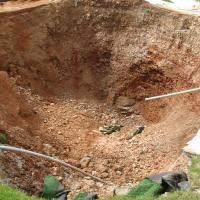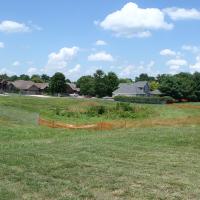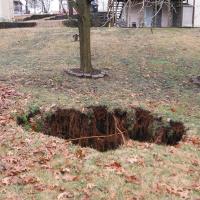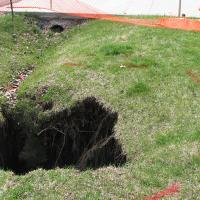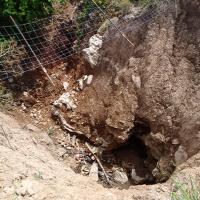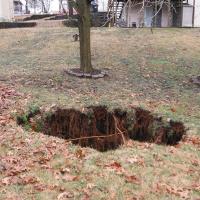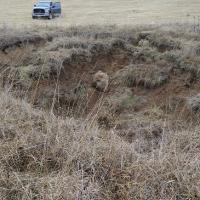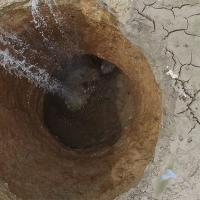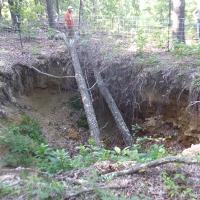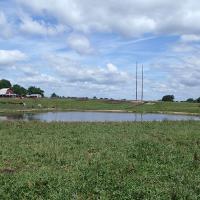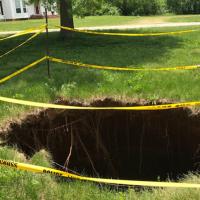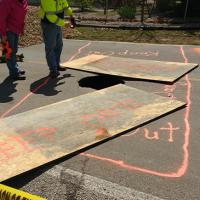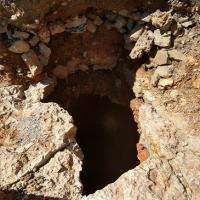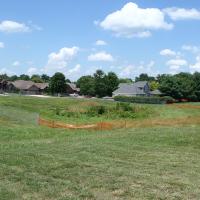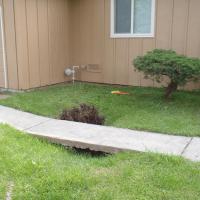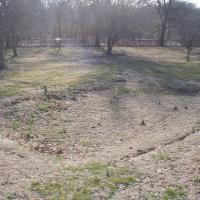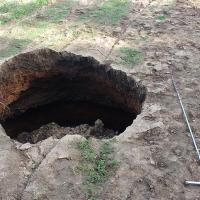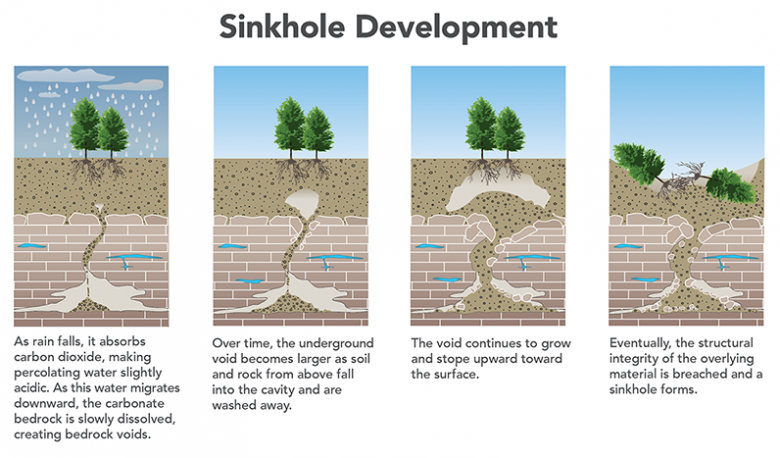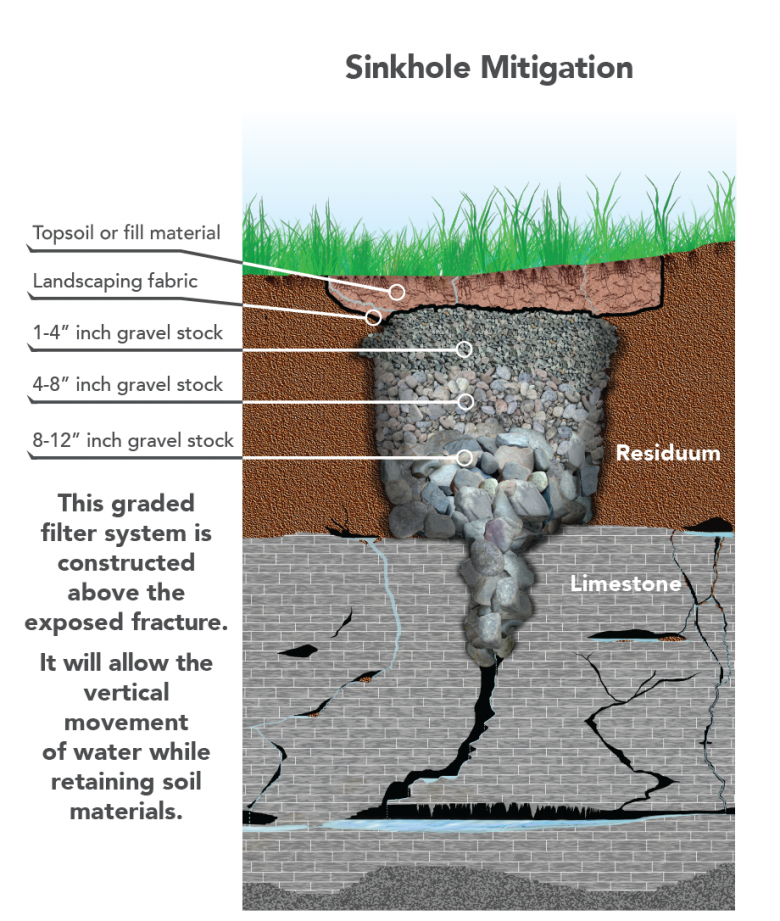Much of the state is underlain by carbonate bedrock that has the potential for karst development. Water moving through cracks in limestone and dolomite slowly dissolves the rock and carries it away in solution. Through this process, large caves and caverns can develop in the subsurface. As rock is removed, the soil above washes into the void space. With time, sinkholes form at the surface.
While many sinkholes occur as circular, bowl-shaped depressions, others are not readily visible on the surface because voids are plugged or capped with soil or thin layers of rock. The sinkholes begin with slow soil piping (erosion) over a long period. When the soil above the void can no longer support itself, it collapses to reveal a deep hole that connects to an underlying bedrock opening. These voids may be discovered during excavation, by drilling, or through geophysical exploration.
Residential and commercial development in a karst area can pose environmental and logistical problems. Aside from structurally impacting foundations of homes and other buildings, sinkholes often serve as direct conduits for rapid surface water infiltration into the underlying groundwater aquifer. Contaminants near or at the surface can quickly enter the aquifer and pollute drinking water. Increased stormwater runoff resulting from parking lots, highways, and household guttering often is diverted into sinkholes. The increased inflow of water not only can lead to the accelerated development and growth of sinkholes, but also can transport contaminants. Managing stormwater runoff and waste disposal in sinkhole-prone areas is important to maintain good groundwater quality and prevent environmental contamination.
Other Potential Causes of Collapse
Other potential causes of collapse include man-made features such as septic tanks, cisterns, pipelines, broken utility lines, and old hand-dug wells and shallow mine workings, all of which lose their structural integrity as they age. However, unlike sinkholes, these features generally remain stable once remediated. Learn more about plugging hand-dug wells and cisterns. Learn more about mining and mine shafts.

